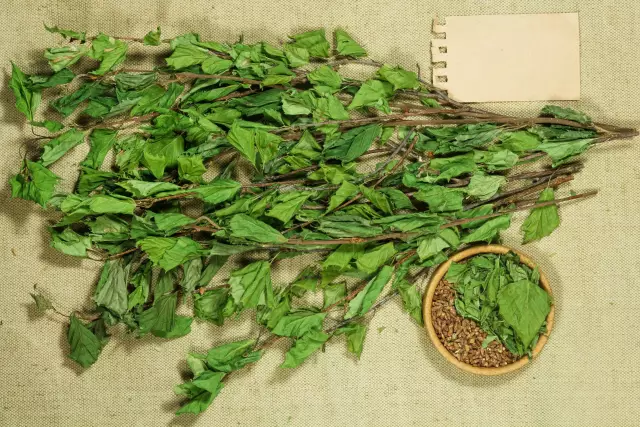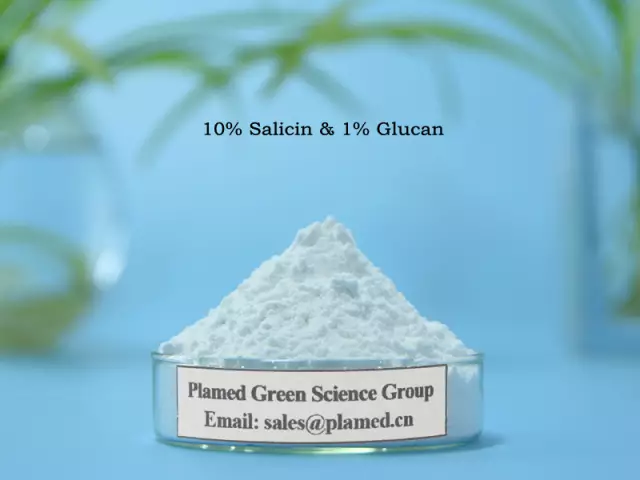- Author Rachel Wainwright [email protected].
- Public 2023-12-15 07:39.
- Last modified 2025-11-02 20:14.
White tea
The type of tea that undergoes slight oxidation (fermentation) is called "white" tea. It got this name due to the fact that the buds of this variety are densely covered with white pile. According to the classification and degree of fermentation (5-7%), it ranks second after green.

The technology of white tea is based on the idea of maximum preservation of all its natural properties; therefore, tea leaves are subjected to minimal processing.
For the first time, white tea began to be brewed at the court of Chinese emperors, where it was appreciated for its exquisite taste and refined aroma.
The production of white tea is concentrated in the Chinese provinces of Fujian and Zhejiang, where it is harvested in the mountains at an altitude of 1600-2200 m. The harvest takes place from mid-March to early April. The tea is harvested by hand from 5 to 9 am in clear sunny weather. Due to the delicate aroma of white tea, the harvesters are prohibited from smoking and eating onions, garlic, hot spices and alcohol, so as not to transmit foreign odors to the collected raw materials.
Today tea is also grown in Taiwan, India, Thailand, Nepal, Kenya, Malawi and in the mountainous regions of Sri Lanka.
During the white tea harvest season in China, orchards bloom, which often border on tea plantations. The aroma of flowers settles on the silvery villi of the first tea leaves, which gives the drink a characteristic floral aroma.
For elite white tea, either one upper, soft and fragrant bud of a tea bush - tips, or the same bud with one nearest leaf is collected. For less expensive teas, the top two leaves of the bush are collected. The collected raw materials are kept for about 1 minute over steam to stop the oxidation and fermentation process, then the leaves are dried in the sun or in special ovens. After these two stages, the tea is considered ready to drink.
White tea leaves should not be broken or twisted, properly picked and dried tea should look like a whole dried leaf, which should be silvery green on the outside and whitish on the inside.
After brewing, high-quality white tea, according to reviews, should be pale yellow or greenish-yellow in color, have a delicate floral or herbal aroma and a sweet taste.
Tea enters the world market in limited quantities due to difficult storage conditions and labor-intensive collection process, so the cost of white tea is 10 times higher than the price of green or black tea.
White tea varieties
There are six types of white tea, the main ones being:
- Bai Hao Yin Zhen;
- Baimudan;
- May Show;
- Gong Mei.
Baimudan and Bai Hao Yin Zhen are the highest quality teas, since only whole buds are used for them, Shou Mei and Gong Mei are inferior in quality to the first two, because they are brewed from leaves and leftovers.
Properties and benefits of white tea
Due to the fact that during production this type of tea undergoes a minimum of processing, it retains, in comparison with green or black tea, the greatest amount of useful substances.
White tea is rich in:
- Antioxidants - polyphenols, catechins and flavonoids;
- Minerals;
- Amino acids;
- Vitamins C, PP and B;
- Trace elements;
- Essential oils;
- Caffeine.
According to reviews, white tea is an excellent antidepressant, quickly soothes and relaxes, eliminates irritability and relieves fatigue.
Immunostimulating, antibacterial and anti-inflammatory properties of white tea are known. It quenches thirst well and refreshes in the heat, and thanks to the essential oils contained in the white hair, it is a natural antioxidant, cleanses the body and improves mood.
White tea is most beneficial for a person with a cold, as it quickly relieves symptoms and strengthens the immune system. It also promotes wound healing, increases blood clotting, prevents the development of cardiovascular diseases, cancerous tumors and caries.
Due to its healing properties, white tea is widely used in cosmetology, where it is one of the components in the production of shower gels and creams.
Research conducted at Kingston University in 2009 confirmed that with its high anti-inflammatory and antioxidant properties, white tea can reduce the risk of developing rheumatoid arthritis, as well as slow down the aging process of the skin.
Brewing white tea
In order to brew a delicious and aromatic drink that retains all the beneficial properties of white tea, it is important to adhere to certain rules. First, it is important to use glass, ceramic or porcelain teapots, gaiwan or glass glasses for making tea. Before cooking, the dishes must be warmed up with hot water and dried, only after that they are suitable for preparing a drink.

Secondly, the water that will be poured into the tea should not be hot - 60-85 ° C, it is advisable to use Artesian or any other water from sources. For one serving of 150 ml, take 3-5 g of tea, which are brewed for 2-3 minutes. Within 30 minutes, you can re-brew the same portion of the drink several times.
It is best to store tea in a new glass or earthenware container with a lid and away from spices, as it quickly absorbs all foreign odors.
White tea is a delicious and aromatic drink rich in amino acids, essential oils, nutrients, vitamins and antioxidants. It not only invigorates, improves mood and relieves fatigue, but also strengthens the immune system and prevents the development of many diseases.
YouTube video related to the article:
Found a mistake in the text? Select it and press Ctrl + Enter.






